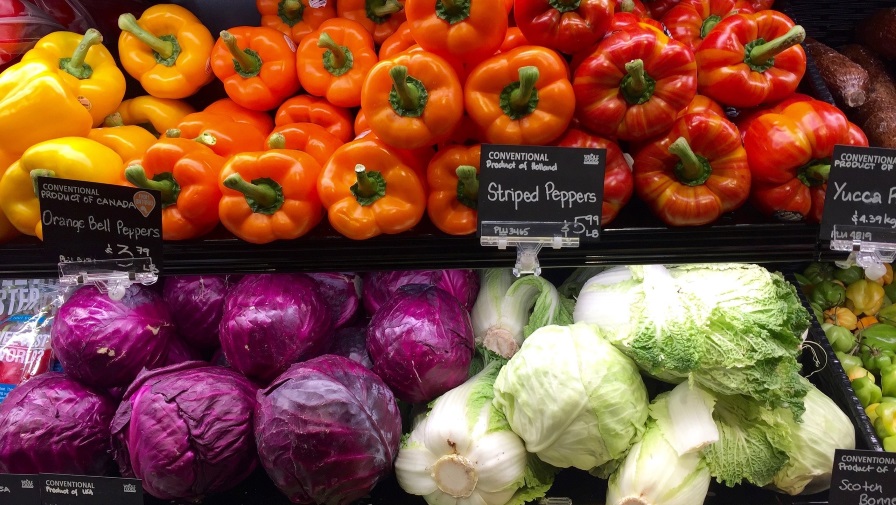AI Tapped to Better Detect Disease Threat in Strawberries
University of Florida scientists continue to search for ways to help growers control diseases that can damage strawberries. For more than a decade, Florida farmers have used the UF/IFAS-designed Strawberry Advisory System (SAS) to tell them when to spray fungicides to prevent plant diseases. In newly published research, UF/IFAS Professors Won Suk “Daniel” Lee and Natalia Peres look to strengthen the SAS by showing how artificial intelligence (AI) can improve leaf wetness detection.
SAS works with data generated by Florida Automated Weather Network stations near farms. SAS uses leaf wetness duration to help growers estimate the risk of their fruit getting infected with a fungal disease. Continuous moisture and temperatures higher than 65°F combined, give growers a sign that damaging diseases in strawberries such as botrytis and anthracnose are imminent.
Lee and Peres conducted the research at the Plant Science Research and Education Center in Citra, the Gulf Coast Research and Education Center in Balm, and at farms in Dover and Plant City.
A system developed by the researchers took photos of a reference plate, which detects water more directly than the method currently used in SAS. Scientists trained the algorithm to use the images and detect wetness. They found that AI technology improves the accuracy of wetness detection. Nearly 96% of the time, the algorithm found moisture on the reference plate in comparison with manual observations, and a nearly 84% accuracy rate was observed when comparing with the current sensors and models in SAS.
For more, continue reading at blogs.ifas.ufl.edu.









